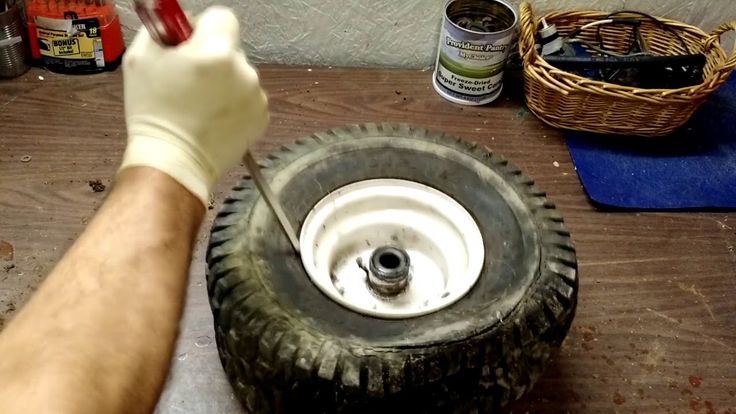Having a flat or partly flat tire on a riding lawnmower can be very uncomfortable. It can affect the mower’s handling and cause it to slip on the surface, making the job very taxing. It also adds unnecessary load on the engine and can cause it to consume more fuel. A flat or partly flat tubeless tire can be caused due to various reasons. This blog post shall investigate these reasons separately and discuss the procedure for inflating a tubeless tire on a lawnmower.
How to inflate a tubeless lawnmower tire? Follow these steps below:
Tubeless tires do not use a separate rubber tube to hold the air in them. The pressurized air is contained inside the tire, enabling it to support the lawnmower’s entire weight, including the person. The air pressure inside the tires can fall due to various reasons. The tire may get punctured by a sharp object causing the air to leak out. Generally, in winters, the low temperature causes the air to condense inside the tires, resulting in a pressure drop. In all these cases, it becomes inevitable to fill the tire with air to ensure a smooth ride.
For further elaboration on the steps mentioned in bold, we recommend going through the entire article.
Contents
 2.1 – Punctured tires:
2.1 – Punctured tires:We shall elaborate on the procedure for inflating a tubeless tire along with other problems that can arise with a lawnmower tire.
There can be two main ways of performing tire inspection. You can inspect the tire visually and see if any tire appears flat and needs repair. You can also determine the air pressure inside each tire and see where you need to pump more air.
You may need a pressure gauge to determine the value of air pressure inside each tire. You can do this by attaching the pressure gauge to the valve stem of a tire.
You can do this by attaching the pressure gauge to the valve stem of a tire.
If an air compressor is available to you, it has a pressure gauge installed with it so that you need not purchase one separately. The recommended pressure value is usually mentioned on the side of each tire. If not provided, you can check the manufacturer’s recommended value as listed in the lawnmower’s manual.
Determine the air pressure inside all four tires. If the value falls short of the recommended value by a significant amount, you may need to pump air inside it. We shall come towards that step afterward.
If any tire appears flatter than normal, try to bend over and press it. If you can squeeze it easily, you need to pump air inside it. If a tire doesn’t have adequate pressure, you might get an indication of that while riding the lawnmower.
Also, check for sharp objects such as iron nails, pins, glass splinters on each tire’s tread area. If that is the case, your tire is punctured, and it needs to be repaired before inflating it with air.
You might come across a situation when the tire has gotten off the rim completely, and the air inside it has escaped. In all these cases, the tire needs to be fixed first before filling it with air.
Here, we shall explain how to fix tires that have either been punctured or have lost contact from the rim. If your tire isn’t damaged, you can move directly to step 3 without following this step.
If a sharp object such as an iron nail is stuck inside a tire, it can cause air leakage. To check if the air is leaking, you can pour soap water at the puncture site and see if any air bubbles are formed. Please be sure that you don’t remove the sharp object from the punctured area until the hole has been fixed.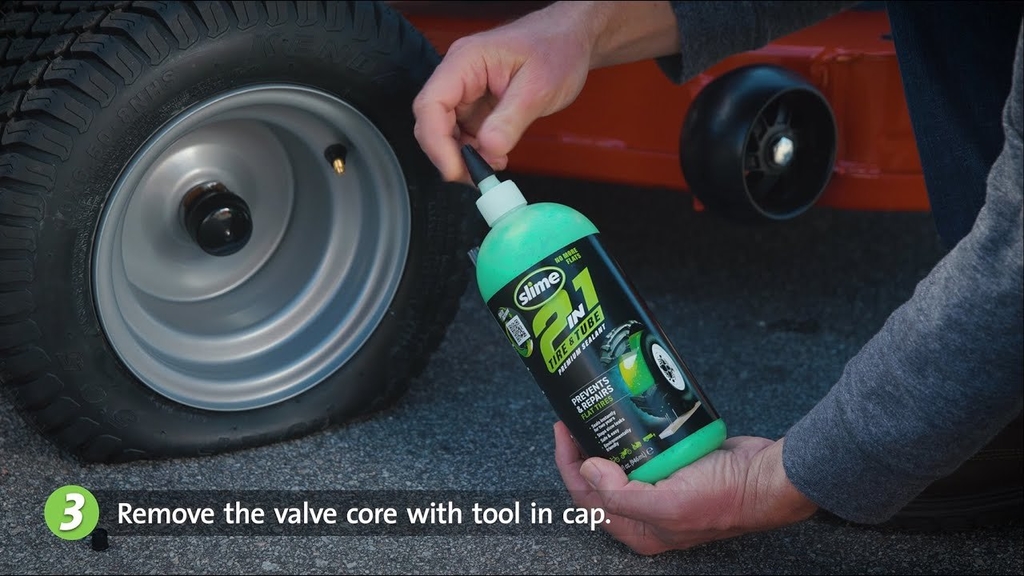 For fixing the punctured tire, you can follow the steps below:
For fixing the punctured tire, you can follow the steps below:

For tubeless tires, it is possible if your tire loses contact with the rim due to a high cornering force and loses all the air.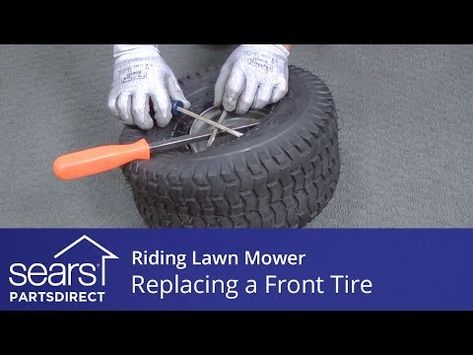 It generally happens when tires have become old and are near the end of their service life. However, if you still want to fix this tire, you can follow the steps below:
It generally happens when tires have become old and are near the end of their service life. However, if you still want to fix this tire, you can follow the steps below:
With the air filled inside the tire, you can remove the rope, and the tire is all set to be used again.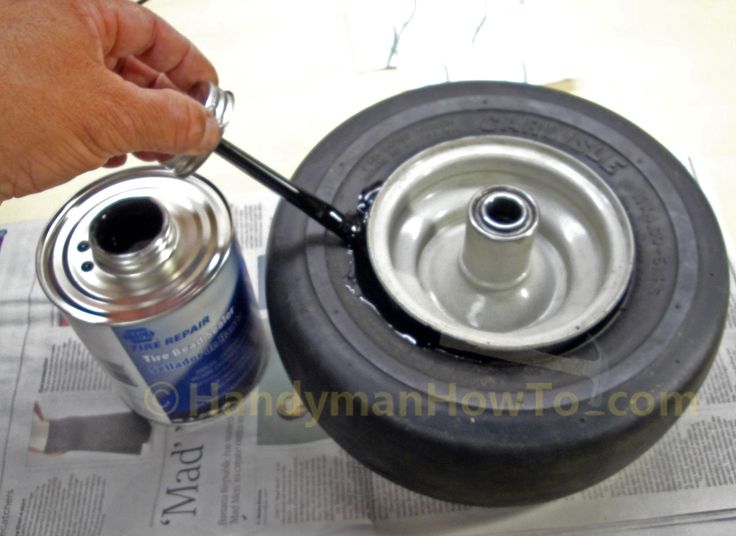
Once the tire has been repaired from any damage, we can now pump air inside it. For this action, you can follow these steps:
A rule of thumb says that the sealant should be replaced after every six months. The sealant tends to dry out with time and can break if the tires are driven on a bumpy surface. In these cases, you don’t need to remove the old sealant unless there are clumps that can be picked out by hand.
Tubeless tires are used in most riding lawnmowers. Such tires do not have an inner tube, and the rim locks their beads in place. They have the following pros and cons:
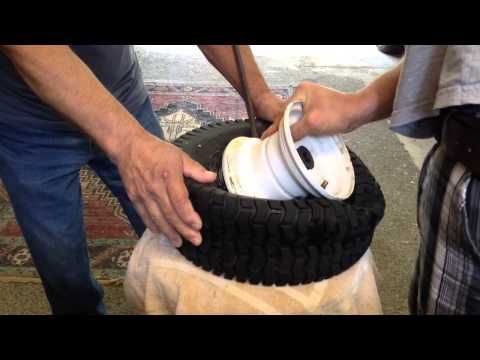
You should replace your tubeless tires when their treads have worn out completely and no longer provide sufficient traction. When the tire keeps on leaking air right after getting filled or when it has been torn due to a knife or highly sharp object, it should be replaced.
You should check your lawnmower’s tire pressure regularly during the season. We always recommend filling the tires to the prescribed level and not more than that since it may cause the tires to burst. Avoid driving your mower when the tire is flat as it is uncomfortable and loads the engine excessively. If you have ever punctured your tires before, be sure to keep filling them with sealant every six months as the old sealant wears out after that.
We didn't find the posts for that URL.
Excell pressure washers are durable appliances that can handle various cleaning tasks. Despite their ruggedness, all pressure washers sometimes have performance-related faults that can be difficult to troubleshoot and fix. …
Read More about Excell Pressure Washer Problems: Engine Troubleshooting & Repair
Pressure washers by Excell are an excellent cleaning alternative for all domestic and professional applications. Some of the most common issues with pressure washers occur with their pump and the …
Read More about Excell Pressure Washer Problems: Pump & Water Troubleshooting With Fixes
Pressure washers by Powerhorse deliver superior performance for cleaning driveways, sidewalks, vehicles, patios, and much more. Despite their utility, a pressure washer is prone to undergo starting problems, be it …
Read More about Titan Powerhorse Pressure Washer Problems: Engine & Motor Troubleshooting & Repair
A pressure washer by Titan Powerhorse can provide an excellent cleaning job for your domestic and professional applications. As a pressure washer user, you frequently need to troubleshoot various issues, …
As a pressure washer user, you frequently need to troubleshoot various issues, …
Read More about Titan Powerhorse Pressure Washer Problems: Pump & Water Troubleshooting With Fixes
Hotsy pressure washers are renowned amongst users for their durability and industrial-grade applications. Despite being very few, most of the complaints by users are regarding the pump, water delivery system, …
Read More about Hotsy Pressure Washer Problems: Pump & Water Troubleshooting With Fixes
PowerStroke pressure washers are handy power tools that can be suited for both homeowners and professional cleaners. Most pressure washer users frequently face issues regarding their pump and the water …
Read More about PowerStroke Pressure Washer Problems: Pump & Water Troubleshooting With Fixes
Hotsy pressure washers are well known by users looking for robust and rugged pressure washers.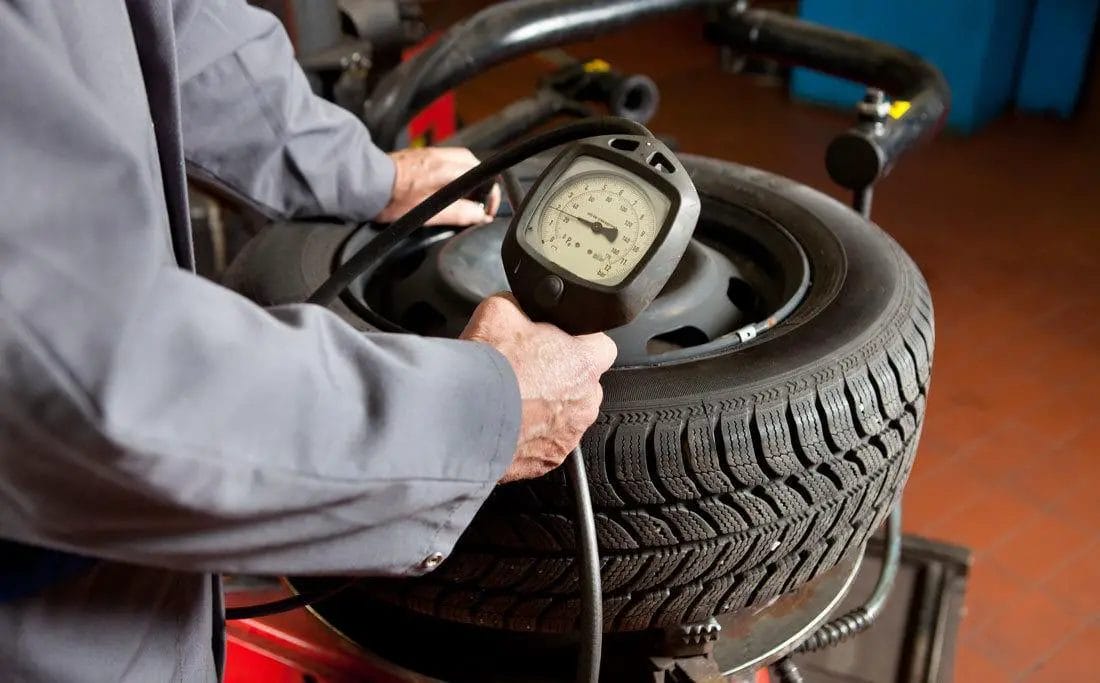 When a pressure washer (gas or electric-powered) faces difficulty starting, most users can find it …
When a pressure washer (gas or electric-powered) faces difficulty starting, most users can find it …
Read More about Hotsy Pressure Washer Problems: Engine & Motor Troubleshooting & Repair
PowerStroke pressure washers are reliable machines that handle all kinds of cleaning jobs. Despite their robustness, almost all types of pressure washers sometimes undergo performance-related issues that can be hard …
Read More about PowerStroke Pressure Washer Problems: Engine & Motor Troubleshooting & Repair
Forks are one of the most straightforward yet efficient garden tools. They are not only helpful in cultivating and preparing the soil for planting and sowing, but they also help to …
Read More about Garden Border Fork: What the pros say
De Walt is a trusted power tools manufacturer that produces gas and electric pressure washers. Despite its reliability, your De Walt pressure washer might occasionally give off some performance glitches …
Read More about De Walt Pressure Washer Problems: Engine & Motor Troubleshooting & Repair
Driving a car without wheels is impossible. Previously, almost all tires were chambered. Then they began to be actively replaced from their positions by tubeless counterparts.
Previously, almost all tires were chambered. Then they began to be actively replaced from their positions by tubeless counterparts.
Tubeless tires currently account for over 80% of the total market. Chamber ones also remain on sale, but the demand for them is gradually falling. This is especially true for cars.
But now there is a reason to talk about a completely different direction. These are airless wheels. Not everyone fully understands what it is, where they came from and where they can be used. This should be dealt with. nine0003
In many ways, the name airless tires reflects the essence of these wheels. This is a special development aimed at solving the main problems of today's tires:
The aim of the development is to eliminate the use of air in car tires. That is, no compressors, failed spools and nipples no longer play a role.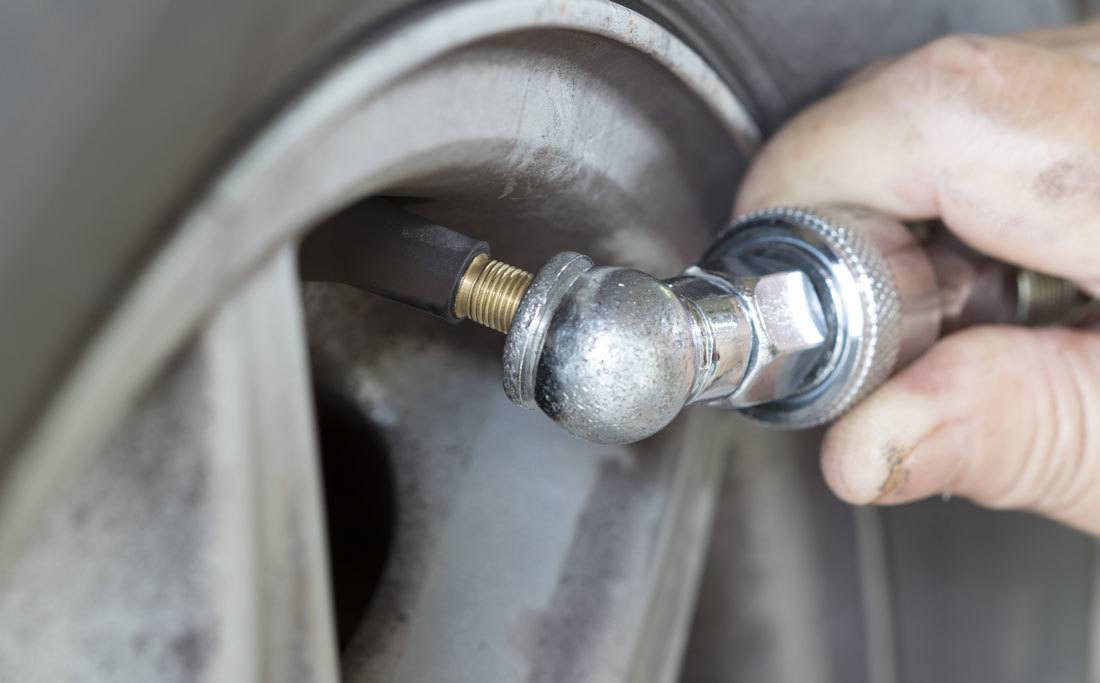 nine0003
nine0003
But for certain reasons, this innovation has not yet been able to become widespread.
In order to get to know airless tires better, you should take a short digression into history, look at the design and scope of these wheels.
Airless tires have their origins in the Pentagon, the main US military department. You yourself understand that they started talking about them with the aim of introducing them into military equipment. After all, the possibility of a tire puncture potentially jeopardizes military operations. And since the United States spends a lot of money on the military industry, it is not surprising that the first projects and proposals for the implementation of such tires soon appeared. nine0003
For the first time, a new generation of airless tires was installed on US military Humvee vehicles. And it immediately became obvious that the technology works, and it has a number of advantages. But there is also a list of disadvantages.
Traditionally, military developments gradually migrated to civilian production.
It's hard to say how much these are the wheels of the future. Rejection of air potentially opens up impressive prospects. But it is too early to talk about the global implementation of technology.
Now it's time to take a closer look at what airless rubber is and how it works.
In fact, this is a hollow wheel, inside of which there are mainly rubber piers. They perform the functions of air.
It is the strong and resilient ribs that create the desired effect for a wheel that does not need air to run. Inside is a frame, which consists of many rubber-based plates. The plates have a cell structure. There are other development options. A central rubber base is used here, and polyurethane knitting needles are distributed from it in different directions. Overcoming an obstacle, the tire is deformed, and then returns to its initial state.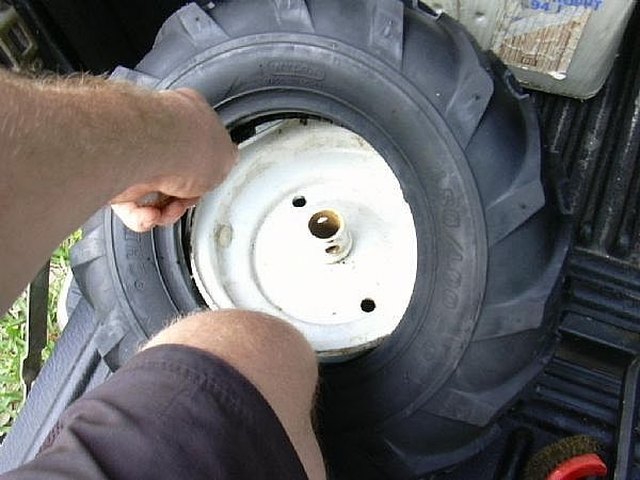 nine0003
nine0003
There are 2 types of special airless tires used on cars.
If we talk about passenger cars, tires based on rubber spokes are considered to be a more rational and convenient solution. nine0003
This is due to the fact that the manufacturer has the opportunity to change the lateral stiffness, starting from the conditions in which it is planned to use the machine and under what loads.
Airless tires are sure to be a big success and widespread. But not now. The technology is quite crude, has many shortcomings that need to be addressed in order to be able to globally implement such solutions in the automotive industry.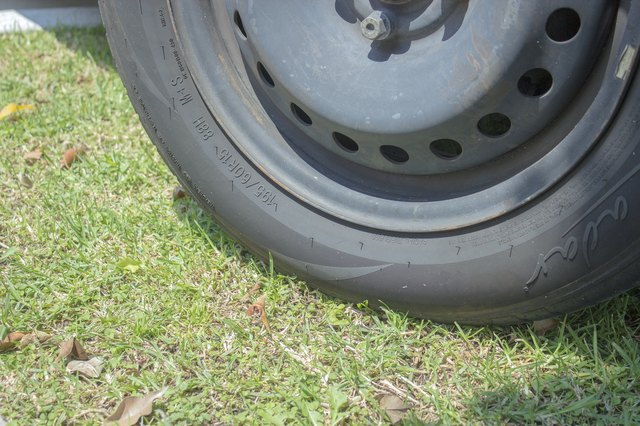 nine0003
nine0003
If we talk about the use of airless tires, then here the main emphasis should be placed on military equipment. Some machines are even actively used, and are not just exhibition samples.
As for civil transport, it is not yet possible to install such tires on your car.
There are several areas and modes of transport on which airless tires are already being installed quite successfully:
Not so bad for a technology that is in its infancy. If developers continue to work on airless tires, try to eliminate weaknesses and increase the significance of advantages, there is every chance to see similar solutions in ordinary passenger cars. And we are not talking about single copies, but about the mass introduction of new generation tires. nine0003
nine0003
But it's still too early to talk about something like that. Development for the future. And how it will justify itself and be implemented is an open question.
Speaking of advantages, airless wheels are naturally compared to classic pneumatic tyres.
Special tests made it possible to learn about the benefits. Airless vehicles were installed on ordinary civilian cars such as the Audi A4. During the test, it was immediately possible to notice that the handling of the car improved in comparison with similar races, but with air wheels. nine0003
There are several main advantages that characterize the strengths of such developments and potentially lead to the gradual introduction of airless tires into the automotive industry.
 That is, airless wheels completely eliminate such problems as a wheel puncture or a blown tire. Even with strong mechanical stress, rubber cannot burst due to its design. nine0016
That is, airless wheels completely eliminate such problems as a wheel puncture or a blown tire. Even with strong mechanical stress, rubber cannot burst due to its design. nine0016 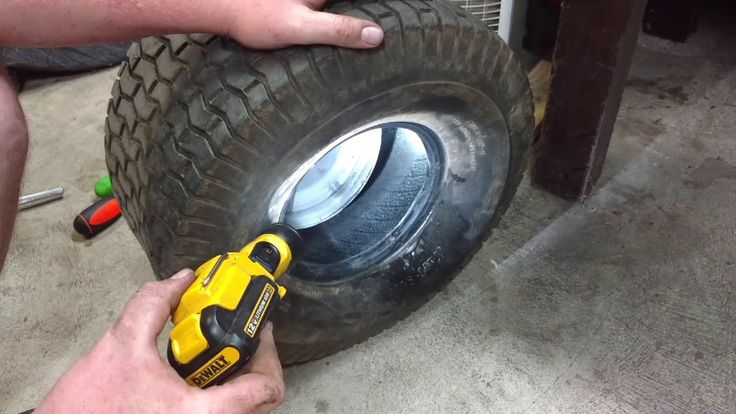 They wear out much slower than classic wheels.
They wear out much slower than classic wheels.
In fact, there is no need to replace these wheels. This allows you to free the luggage compartment from the spare tire. And even if the airless needs to be replaced, due to its weight and simplicity of design, it will take no more than 10 minutes without any effort.
Separately, it is worth noting one very interesting project, which is already being actively worked on. These are wheels that allow you to quickly change the top layer. That is, the base of the automobile wheel is provided, and there is a removable upper casing in direct contact with the surface. The meaning of the idea is to, if necessary, get a set of casings, put them on instead of the installed ones and overcome the obstacle for which this layer is suitable. Manufacturers want to offer sport covers, off-road kits, regular city riding kits, etc.
But this is only one side of the coin. Airless has the opposite.
Given such an impressive list of advantages, it may surprise some that airless is not widely used. After all, they are so good and superior to pneumatic counterparts.
In fact, behind a wide list of really significant advantages, there are obvious disadvantages.
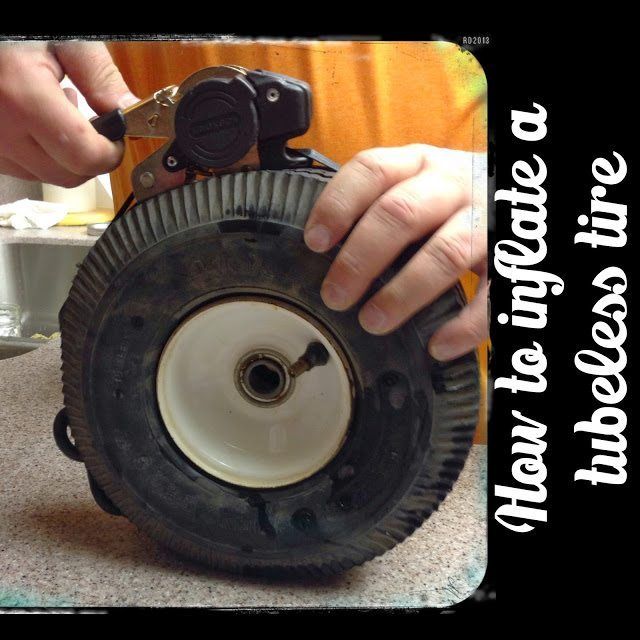 In pneumatics, everything is quite simple. If necessary, you can pump up the wheel or deflate it using a nipple and compressor, or some kind of hand pump. nine0016
In pneumatics, everything is quite simple. If necessary, you can pump up the wheel or deflate it using a nipple and compressor, or some kind of hand pump. nine0016 Airless wheels can still be said to be a very promising development. It began to be actively used in the military sphere. But in order to transfer these tires to civilian vehicles, a fairly large amount of work remains to be done.
It began to be actively used in the military sphere. But in order to transfer these tires to civilian vehicles, a fairly large amount of work remains to be done.
The advantages are significant and allow us to say that airless vehicles have every chance of becoming popular and in demand. But as long as key shortcomings remain, you should not worry about the position of pneumatic tires on the market. nine0003
470
680
to shop
ZOLLEX tire sealant 450 ml / Anti-puncture (tire filler) for car / Emergency sealant for car wheels, aerosol with hose, T-522Z
Shop
HI-GEAR Tire Repair Sealant Anti-Puncture, 360 ml Anti-Puncture
Shop
Anti-Puncture Sealant, Tube/Tire Repair 300 ml, Anti-Puncture Anti-Puncture Tire, Wheel, Emergency Tire Filler, compound for the prevention and elimination of tire punctures Anti-puncture
to shop
Sealant for tires ABRO QUICK FIX +25% Anti-puncture / Made in U.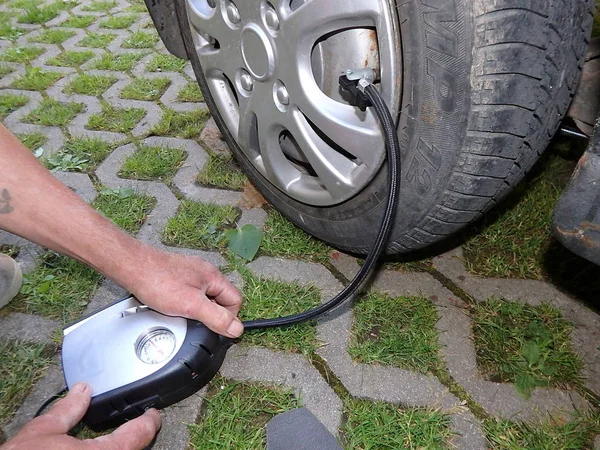 S.A. / Tire filler for emergency repair and inflation (aerosol) 425 g. QF35-R
S.A. / Tire filler for emergency repair and inflation (aerosol) 425 g. QF35-R
Shop
HI-GEAR Anti-Puncture Tire Repair Sealant 240 ml Anti-Puncture
Shop
HI-GEAR Tire Repair Sealant Anti-Puncture 240 ml Anti-Puncture
Shop 90EAR HI-G Anti-Puncture Tire Repair Sealant , 360 ml Anti-Puncture
Shop
HI-GEAR Tire Repair Sealant Anti-Puncture, 240 ml Anti-Puncture
Shop
HI-GEAR Tire Repair Sealant Anti-Puncture, 360 ml Anti-Puncture
Shop
HI-GEAR Tire Repair Sealant Anti-Puncture 240 ml Anti-Puncture
Shop
HI-GEAR Tire Repair Sealant Anti-Puncture 240 ml Anti-Puncture
Shop
ABRO Tire Sealant 45% +2 g5 / Anti-puncture for tubeless car tires / Tire filler for emergency repair aerosol with hose Made in U.